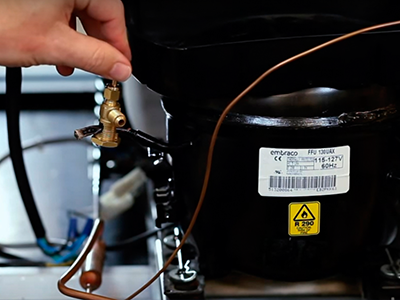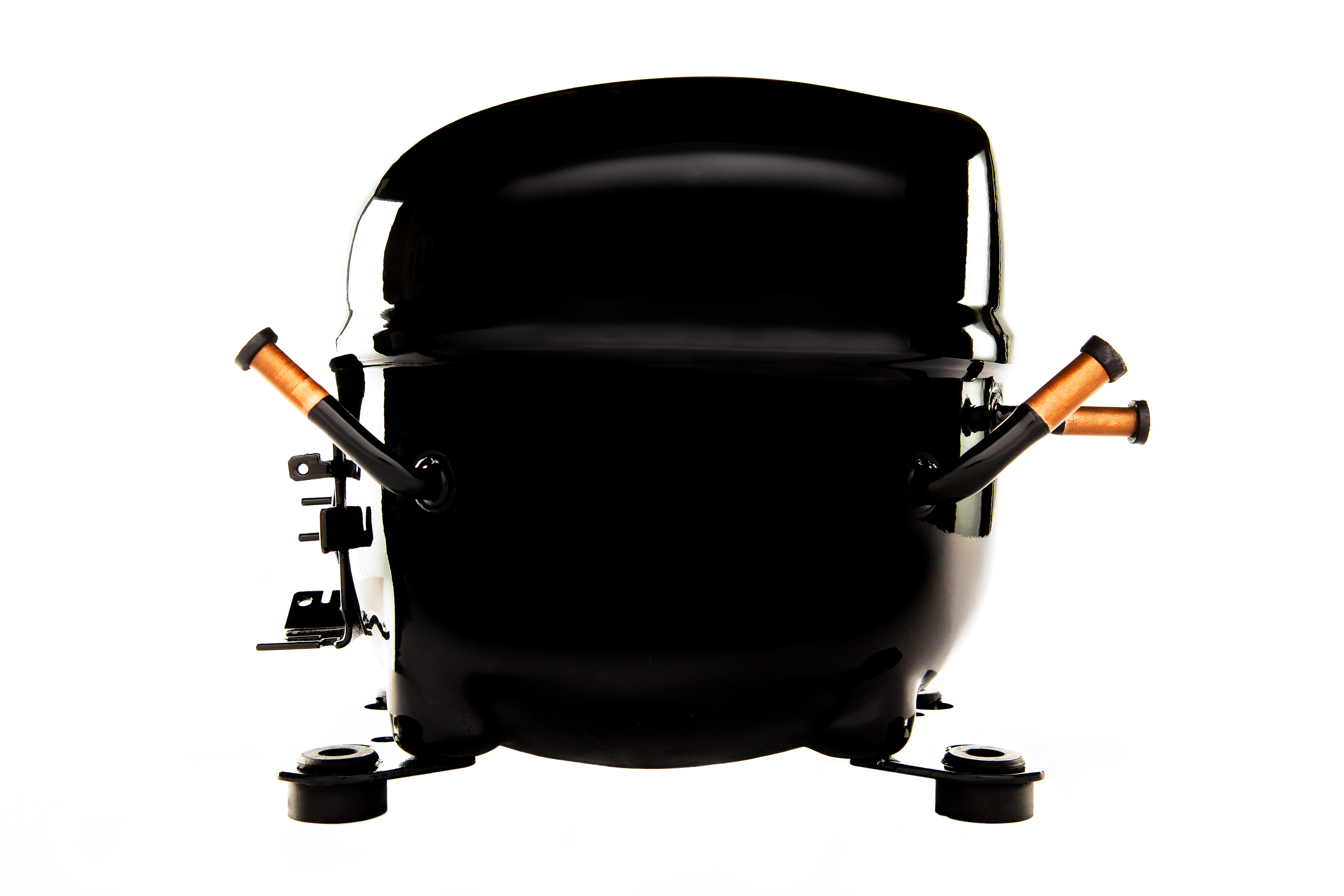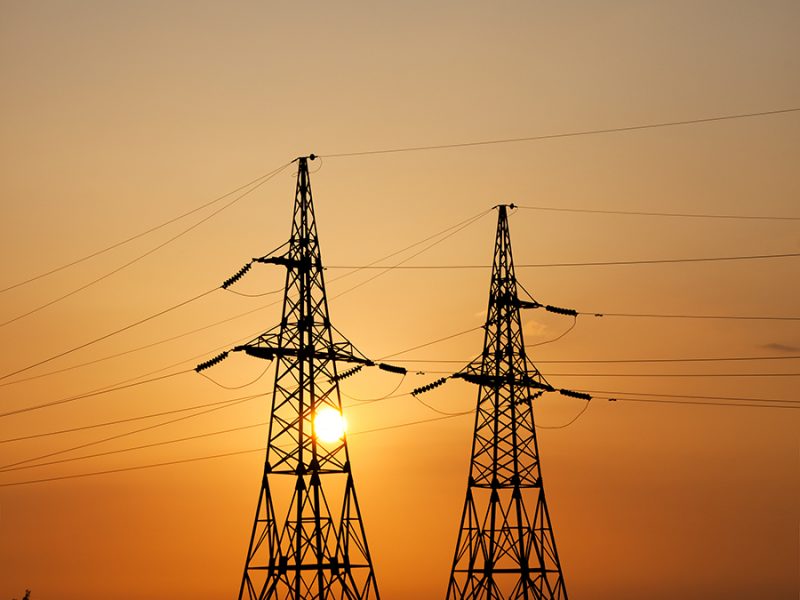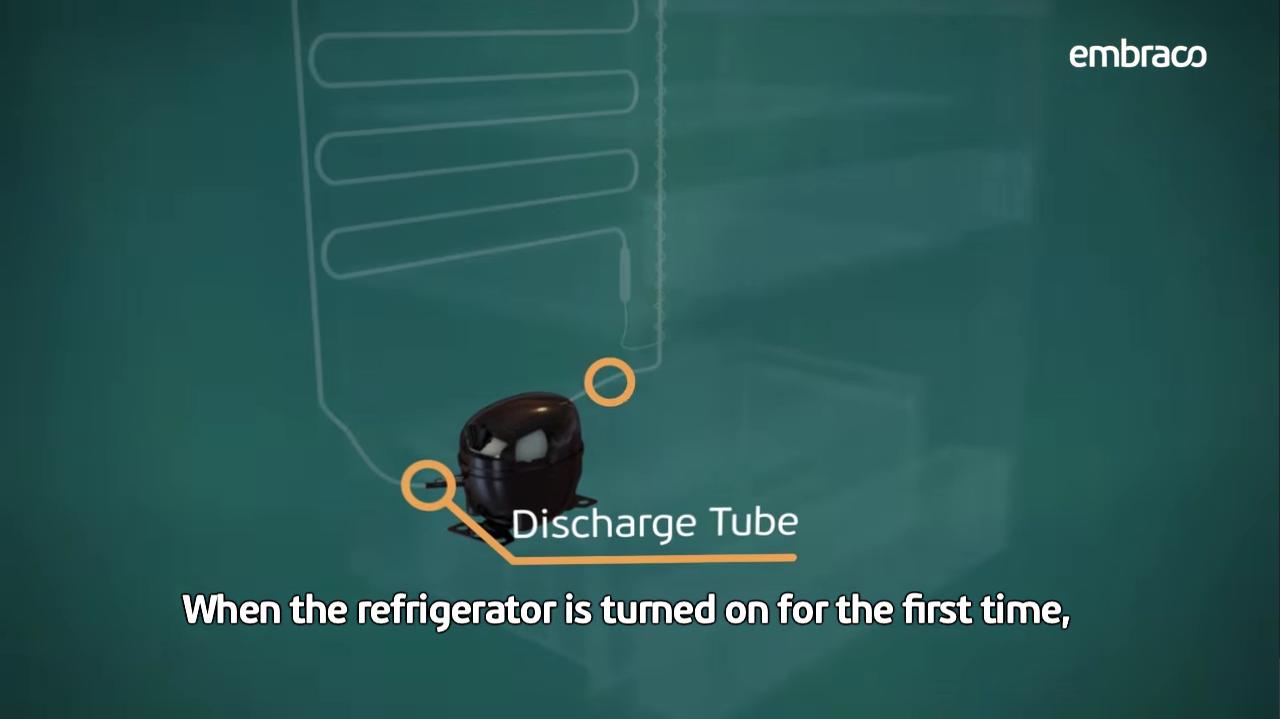Natural refrigerants are increasingly being used in commercial refrigeration.
The use of natural refrigerants, instead of synthetic ones, is already a reality in the market today and only tends to grow. A major impulse of their choice comes from problems caused by the environment by CFCs, HCFCs, HFCs and other refrigerants, which have been banned or neglected because of their significant impact on ozone depletion and / or global warming.
Offering both good performance and very low environmental impact at the same time, these natural refrigerants have been gaining the preference of equipment manufacturers.
In the case of commercial refrigeration, focus on this matter, evidently the strong options are hydrocarbon R290 (propane) and CO2 (carbon dioxide). Embraco considers these two refrigerant fluids as excellent alternatives and has been dedicating itself to the research and development of refrigeration solutions that incorporate them. Today the company offers a wide range of reciprocating compressors for R290 and a line of semi-hermetic for CO2, is in partnership with Dorin
Let’s get to know a little more about the characteristics of these two natural refrigerants, the applications indicated and the care one should have with them.
Knowing CO2
Let’s start with CO2, or R744, which is less well known to most refrigerators, but has become a widely used option in semi-hermetic compressors. It is a natural fluid, present in great quantity in the atmosphere In terms of physical characteristics, it should be known that it is heavier than air, odorless and colorless. In addition, other important features are:
• Has high volume volumetric cooling capacity;
• Liquefies at low pressure;
• Not flammable;
• Increased efficiency due to increased pressure drop in expansion valves;
• It has good miscibility with oil, guaranteeing its return to the compressor;
• It has high discharge temperatures, due to the high compression ratio, which makes it possible to recover and take advantage of heat.

There are two types of systems with the use of CO2: Subcritical and Transcritical.
In the case of CO2 Subcritical, it is a cascade system in which a part of the refrigeration system is used for the condensation of the refrigerant fluid. It bears much resemblance to a conventional system, but with one important difference: at high pressures, there is condensation.
Already for the CO2 Transcritical, no condensation What happens is a cooling of refrigerant fluid in the gas cooler, with properties varying rapidly near the critical point. Because there is no condensation, the pressures and temperatures are variable and independent.
The applications of subcritical systems are very broad, since their characteristics allow operation of high, medium and low evaporation. However, its application occurs more in medium and low, with cascade system, operating below the critical point.
As far as transcritical systems are concerned, their application is directed to high and medium evaporation temperature in a direct compression system, operating above the critical point.
As any substance with which you don’t have familiarity, it is necessary to be able to work with systems with R744. The main recommendations regarding its use are:
• High working pressures increase the potential for leakage in case of;
• Refrigeration systems using R744 require more control components;
Propane: learn more
Propane has been used for many years in commercial refrigeration systems, especially in light applications. With the increasing level of demand for international laws and standards, their presence only tends to increase. Even so, because it is flammable, it still arouses fear in professionals who are not accustomed to dealing with it.
There’s no reason to be afraid of propane. The normal charge of R290 is usually 40% lower than that of other refrigerant fluids. Thus, in a light commercial refrigeration system, the load is up to 150 grams of R290. This is the maximum limit according to the current international IEC standard, but it is in discussion to increase this limit in order to cover larger applications.
In addition, the electrical circuit of the systems that use it is designed to avoid the generation of any spark, making them very safe. For this reason, propane should only be used in compressors and systems that have been designed for such use. This is what will ensure the safety of the operations, as well as the good performance of the system.
To maintain total safety in operations with R290, some care must be taken. The main one is in relation to welding.
Before making any welding, collect all propane from the refrigeration system in an enclosed container. As it does not damage the ozone layer and has a low impact on global warming, the R290 can also be released in a well-ventilated environment. Then, before using the torch, carefully check that the pipe is totally propane free. To guarantee this condition, a load of nitrogen must be passed through the pipe, which eliminates any existing remnants. In sequence, Seal the tubing with pressure pliers to seal the process tube.
If you prefer, instead of welding, you can use the Lokring® system for joining the tubes.
To deal with propane, it is imperative to know that certain characteristics of the refrigeration system changes when using hydrocarbons. For example, in compressors for R290 the displaced volume is always smaller: in comparison with models for R134a it can be 40% smaller.
Another difference is that propane operates at higher pressures when compared to R134a. The same holds true for comparison with R600a (isobutane).
Electrical components should be given special attention, as we said above. A fundamental recommendation is that only approved starting devices may be used for compressors using propane (to avoid any possibility of a spark). The thermal protector must be ¾ sealed (with cover) or 4TM.
One more important information: the dryer filters must contain desiccant 4A-XH5.
In relation to other aspects, almost nothing significant changes. Capillary tubes and heat exchangers (evaporators and condensers), for example, almost always have the same characteristics as those that are used in systems that operate with other refrigerant fluids.
Finally, an alert that applies to the work with CO2 or with propane – and that also applies to any other maintenance activity that you do: before you begin, see technical materials (such as the manual of the unit), to make sure you are in using the best practices and necessary precautions.



